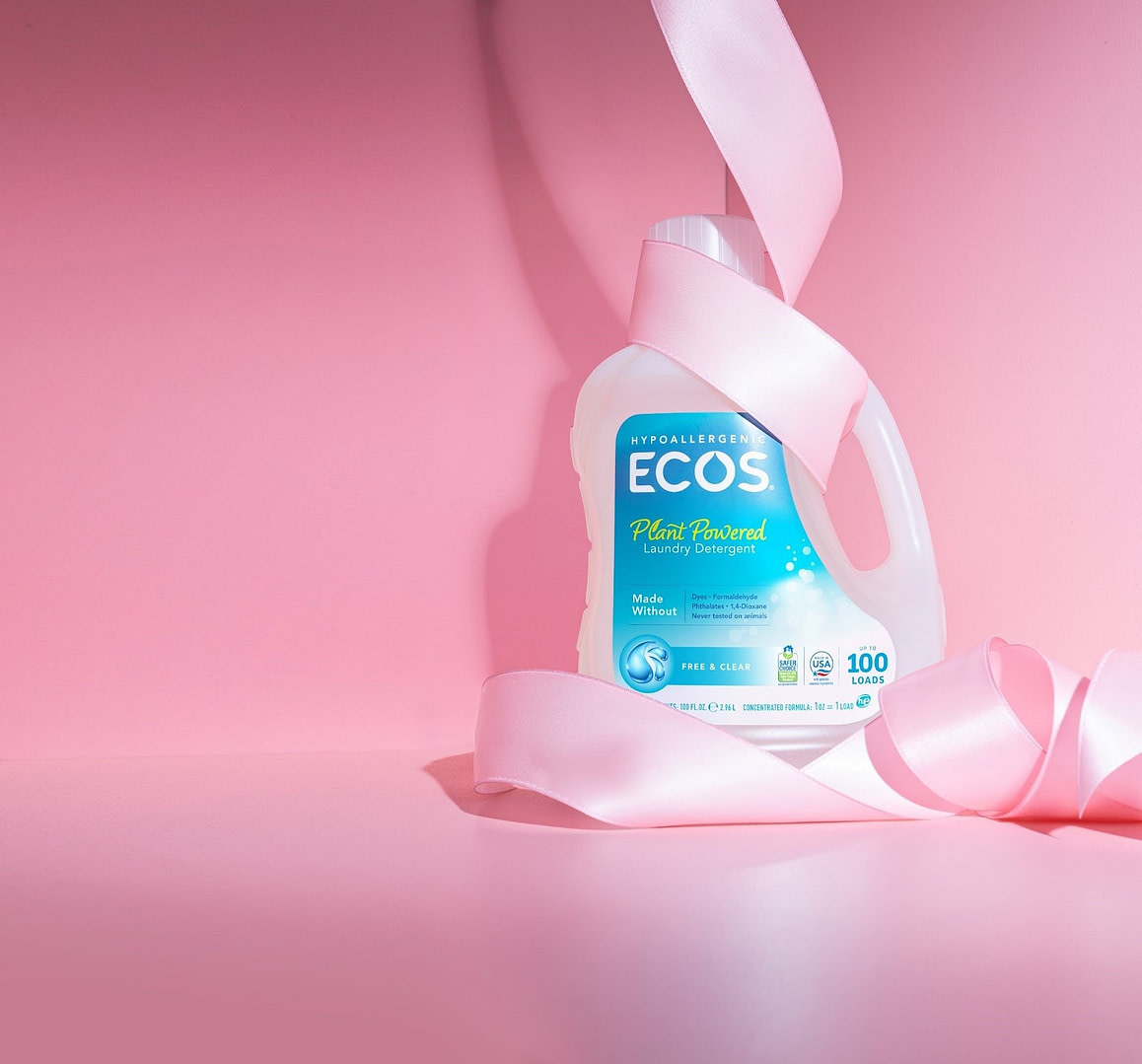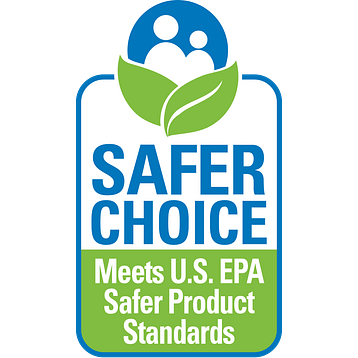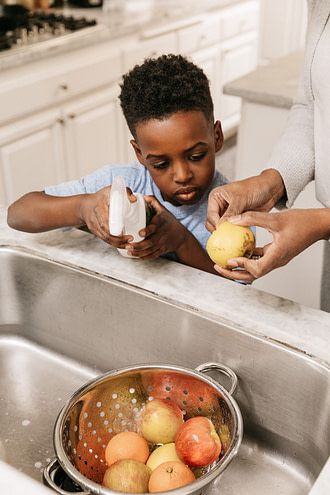6 Simple Tips to Help Reduce Your Cancer Risk
5 minute read

As fall begins and the weather cools, our thoughts turn to cozy sweaters and pumpkin-flavored treats. After the busy activities of summer, fall is a great time to get back to our routines and turn our attention back to our health.
October is Breast Cancer Awareness Month, a month-long effort by cancer organizations around the world to raise awareness and money for breast cancer research. When October starts, the color pink seems to be everywhere, as charities, companies, and even governments shine a spotlight on this devastating disease.
You probably know someone who has been affected by breast cancer in one way or another, and you might wonder if there is anything you can do to help lower your own risk.
Although breast cancer is the most common cancer in women in the United States, except for skin cancers[1], the good news is that we have 6 simple steps you can take to help protect your yourself from many cancers, including breast cancer.
#1 Read Ingredient Labels
You probably read the ingredients on your food labels, but do you read the ingredients on your personal care products, cosmetics, and cleaning products? These products, which come in contact with your skin or drift into the air you breathe, can contain ingredients that can harm your health or even cause cancer.
When it comes to cleaning products, you might not realize that there’s no federal oversight of ingredients. There isn’t even a federal requirement to disclose ingredients in these products, despite the fact that many conventional cleaning products contain cancer-causing chemicals and other dangerous ingredients.[2]
Fortunately, there are brands that do list their ingredients on the label. Buying products from these companies can give you the information you need to help protect your health and avoid cancer-causing chemicals. At ECOS, we list every ingredient on our labels, like the plant-derived surfactants and enzyme stain removers in our liquidless ECOS Laundry Detergent Sheets.
We also share detailed information on our website about dangerous cleaning product ingredients and how they can affect your health. Our “Nasties” list, the 500 toxic ingredients we promise to never use in our ECOS products, can help you learn what to look out for when you shop.

Another great way to find cleaning products that are safer for your health and the environment is to look for the Safer Choice logo on the label. The Safer Choice logo means that the U.S. Environmental Protection Agency has certified that every ingredient is the safest in its class, that the product works great, and that the company making it is continually innovating more sustainable packaging.[3] Over 150 ECOS products are certified Safer Choice, making it easy to find a safer cleaner for every corner of your home.
#2 Choose Safer Food Packaging
So you’ve checked your food labels for artificial coloring, trans fats, and added sugars, but have you thought about the wrapper your food came in?
Some food packaging can have a coating made with “forever chemicals,” named because of how long they stay in the environment, which prevent grease and liquids from soaking through. These chemicals, including perfluoroalkyl and polyfluoroalkyl substances (PFAS), have been linked to certain cancers and other health problems.[4]
So how do you avoid PFAS chemicals? The first step is understanding where they’re most likely to be found – in fast food and takeout boxes, bags, and wrappers. By limiting how often you eat fast foods, you can reduce your exposure to these cancer-causing chemicals while reducing your fats, salts, sugars, and excess calories too – a win-win for your health.
PFAS can also be found in water-repellent clothing and stain-resistant carpeting, so consider limiting your exposure to those items. Also, it’s a good idea to test your tap water for PFAS and use a water filter if the PFAS level is high.
Another chemical to stay away from in food packaging is bisphenol A (BPA). Found in some plastic caps, metal can coatings, and other materials that contact food, BPA can disrupt the hormone system, particularly in infants and children. Some animal studies have shown a possible connection to breast cancer, although more human studies are needed.[5]
You can reduce your exposure to BPA by using products labeled as BPA-free or use glass, porcelain, or stainless-steel containers for hot foods and liquids instead of plastic containers. Because heat can increase the amount of BPA that transfers into foods and drinks, don’t put plastic containers in the microwave or dishwasher, and choose fresh whole fruits and vegetables that don’t come packaged in plastics whenever possible.
When washing your reusable containers and dishes, be sure to avoid soaps and detergents that contain ethoxylated surfactants, which can leave a residue that could contain the carcinogen 1,4-dioxane. Avoid products that contain ingredients that end in “-eth,” like laureth-6 or sodium laureth sulfate (SLES). Safer dish cleaners like ECOS Dish Soap and ECOS Dishwasher Gel list their ingredients on the label and don’t contain chemicals like ethoxylated surfactants, phosphates, or dyes.
#3 Avoid Pesticide Exposure
When your summer of running through the grass barefoot and picnics in the park is over, you’ll probably find yourself spending more indoors. But that doesn’t mean you shouldn’t consider your exposure to pesticides, the chemicals used to control insects, weeds, and fungi for landscaping, crops, homes, and workplaces. Pesticides have been identified as a risk factor for leukemias, brain cancers, childhood lymphomas, and breast cancer.[6],[7]
Children are at particular risk from pesticides. While childhood cancer deaths are down, rates of new cases of cancer in children have increased by 34% since 1975—an increase that may be related to environmental chemicals like pesticides.[8]
Fortunately, there are steps you can take to reduce your exposure to pesticides. First, when choose a pesticide for your home or garden, choose a product that’s made with safer ingredients like essential oils or diatomaceous earth.[9] Ask your child’s school and your workplace to use safer pesticides as well.
It’s important to keep any pesticides you might have come into contact with during the day out of your home. Two of the best ways to do that are taking off your shoes at the front door and washing your hands as soon as you get home. Washing your hands has the added benefit of reducing germs to help protect you from colds, and flus. ECOS Hand Soap contains plant-powered ingredients, so it’s a great choice for people with sensitive skin, and it’s Safer Choice certified.
Another important way to reduce your exposure to pesticides is to wash your fruits and veggies before eating them. Unwashed produce can harbor not only dirt but germs and chemicals from the fields. Produce washes like ECOS Fruit + Veggie Wash have been shown to be more effective at removing these contaminants than washing with just water.

#4 Fight Traffic Pollution
The air you breathe can have a powerful effect on your health. We know that fresh mountain air is good for us and polluted city air is bad for us, but exactly how bad is it?
Toxic chemicals in vehicle exhaust have been shown in multiple studies to be known, probable. or possible human carcinogens, or cancer-causing chemicals. Several, including 1,3-butadiene, benzene, and formaldehyde, are known causes of leukemia, a form of cancer, and the evidence linking traffic-related air pollution with childhood leukemia is strong.[10] Studies also suggest that higher concentrations of traffic pollutants can increase breast cancer risk.[11]
While we can’t always change our exposure to traffic pollution because of where we live or work, we can support organizations that fight for laws to reduce vehicle emissions and increase clean energy solutions, like increasing the number of electric cars, trucks, and buses and creating cleaner sources of power like solar and wind energy.
#5 Reduce Indoor Air Pollution
You know that outdoor air pollution can harm your health, but did you know that indoor air pollution can harm your health too? In fact, indoor air pollution can be two to five times higher than outdoor pollution—and even up to 100 times higher.[12] Because most of us spend about 90 percent of our time indoors, that can mean a higher risk of health problems, including cancer.
Cleaning products, paints, and solvents are three of the most common sources of indoor air pollution at home, school, and work. These products can release volatile organic compounds (VOCs), gases that can cause short- and long-term health problems.[13]
Conventional spray cleaners like window and surface cleaners can release compounds like ammonia, chlorine gas, and quaternary ammonium compounds (QUATs) into the air, damaging your eyes and lungs and increasing the risk of asthma and allergies.[14] Some cleaning products contain phthalates or ethanolamines, which have been linked to increased risks for cancer.[15]
To help stay healthy indoors, make sure all the household cleaning products you use are Safer Choice certified, like ECOS All-Purpose Cleaner and ECOS Window Cleaner. Ask your child’s school and your workplace to clean with Safer Choice-certified products like ECOS Pro commercial cleaners.
And don’t forget one of the simplest ways to improve the air quality in your home – open the windows and let the fresh air in.
#6 Beware of “Pinkwashing”
As you look out at the sea of pink products during Breast Cancer Awareness Month, don’t assume that they are safer for your health or support breast cancer research. Unfortunately, many companies want you to assume they’re doing good for your health and the cancer community just because they put a pink ribbon on the label.
Just like some companies use words like “natural” or “non-toxic” to make you think that their products are better for your health and the environment, a trick known as “greenwashing,” so too do some companies try to capitalize on your concerns about cancer.
Buying products that have safer ingredients and support breast cancer research is a great way to make your home, and our world, a healthier place, but doing research before you buy is a smart idea.
Look for companies that partner with trusted organizations like the American Cancer Society, like ECOS. When you buy products that list ingredients on the label and use respected third-party certifications like Safer Choice, you’re taking action to reduce your risk of cancer and to protect the health of your family and your community.
References
[1] https://www.cancer.org/cancer/breast-cancer/about/how-common-is-breast-cancer.html
[2] https://www.bcpp.org/resource/cleaning-products/
[3] https://www.bcpp.org/resource/cleaning-products/
[4] https://www.consumerreports.org/pfas-food-packaging/dangerous-pfas-chemicals-are-in-your-food-packaging-a3786252074/
[5] https://www.bcpp.org/resource/bisphenol-a/
[6] https://www.bcpp.org/resource/pesticides-other/
[7] https://www.cancerfreeeconomy.org/childhood_cancer_prevention/
[8] https://www.cancerfreeeconomy.org/childhood_cancer_prevention/
[9] https://hgic.clemson.edu/factsheet/less-toxic-insecticides/
[10] https://www.cancerfreeeconomy.org/childhood_cancer_prevention/
[11] https://www.ncbi.nlm.nih.gov/pmc/articles/PMC6562828/
[12] https://www.epa.gov/iaq-schools/why-indoor-air-quality-important-school
[13] https://www.epa.gov/indoor-air-quality-iaq/volatile-organic-compounds-impact-indoor-air-quality
[14] https://www.ewg.org/cleaners/content/cleaners_and_health/
[15] https://www.bcpp.org/resource/cleaning-products/
